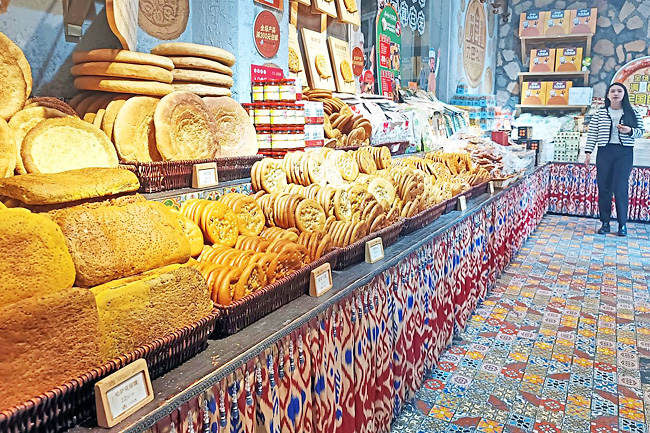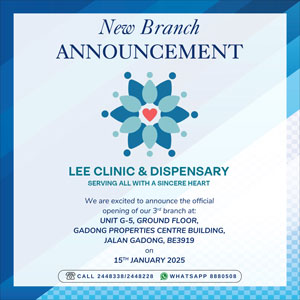ANN/THE STAR – A view of the mountainous landscape of Xinjiang while on the flight from Guangzhou gave me a positive first impression.
A promotional video in the capital city of Xinjiang, Ürümqi show a slogan of “Xinjiang is a nice place”.
The marvel of wild beauty in northwest China, Xinjiang Uyghur Autonomous Region is bordered by the Altai Mountains to the north and the Kunlun Mountains in the south, with the magnificent Tianshan range in the middle dividing the Junggar Basin and Tarim Basin.
As part of a six-member Malaysian delegation of journalists and representatives of youth organisations invited by the Chinese Embassy in Malaysia, I had the opportunity to visit Ürümqi, Changji and Turpan in Xinjiang recently.
Our visit came on the heels of Chinese President Xi Jinping’s visit to Ürümqi, where he reportedly stressed on the positive promotion of the region to show an open and confident Xinjiang.
Xi also called for Xinjiang to be opened more widely for tourism to encourage visits from domestic and foreign tourists.




One of our stops was the Xinjiang International Grand Bazaar in Ürümqi, where thousands of tourists flocked the shops and stalls to enjoy the food and wares of the diverse ethnicities living in Xinjiang.
Salty milk tea, mutton kebabs, juicy Hami melons and stacks of freshly baked naan are sold while cultural performers entertain visitors with dances and shows. Amid the bustle of the bazaar, I observed the locals conversing freely in the Uyghur language and Mandarin as well.
The following day, we visited the Shaanxi Mosque, which serves the Muslim Hui community in Changji. The mosque was built during the Qing Dynasty, and has elements of Chinese architecture such as the “bagua” or eight trigrams.
The imam Kou Jinfa, said the Hui people migrated to Changji from Shaanxi province and thus named the mosque after where they came from. The mosque is a major congregation spot for local Muslims during Ramadhan.
While on our way to Turpan, some 200 kilometres (km) from Ürümqi, the view of shops with signboards in written Uyghur and Chinese eventually turned into fields of wind turbines and mountainous terrain. To break up the monotony of the long ride, our guide and interpreter Gulnur Sibihat, a Kazakh woman, sang us a song about birds in her mother tongue called Qustar Ani.
The city of Turpan soon came into view, with its many grape vineyards standing out in contrast to the desert scenery.
The long hours of sunshine and good wind have made the area ideal for planting fruits, which are touted to be exceptionally sweet. The Uyghurs here were originally nomadic before they settled in the Tarim Basin and turned to agriculture. Although Turpan’s primary economic activities are agricultural, it is also complemented by tourism.
The warm and hospitable nature of the locals was on full display when we were invited into the home of a Grape Valley villager for lunch.
Enjoying a feast of noodles, steamed dumplings and a spread of mutton dishes among other local Uyghur fare under the shade of grape trellises and fig trees in the courtyard was such an enjoyable experience.
Leading party members’ group secretary of the Turpan Foreign Affairs Office Hua Changqing, said opening up the homes to visitors was an effort to help the villagers earn some extra income, aside from the usual agricultural work.
“Most of the time, the residents’ homes are empty and are only fully used during festivals.
I thought that their homes could be opened up for tourist visits, which in turn can improve their income,” said Hua, adding that traditional homes in the Grape Valley have unique characteristics, such as their courtyards.
“As for households which cannot open up their homes, they will be assigned to clean up tourism sites instead. At least, they will still be able to earn some extra income,” said Hua. – Ong Han Sean






